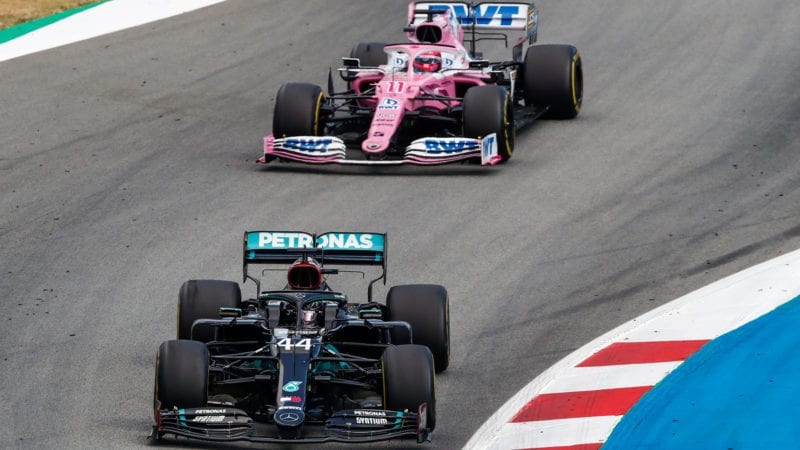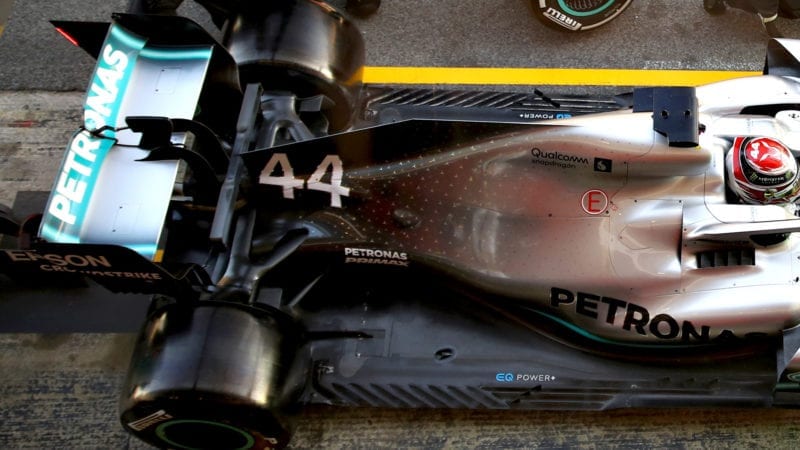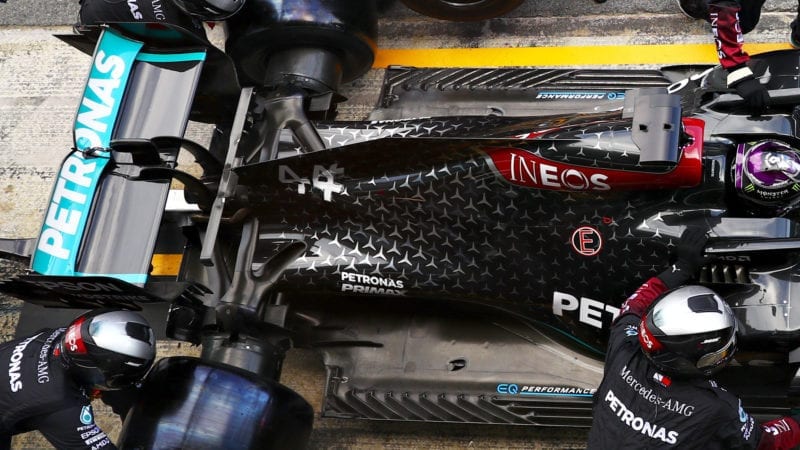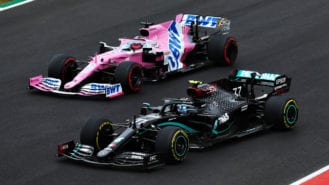But that’s just the hardware. What Aston also has in its favour is a second year of understanding the car. Just taking over another team’s design doesn’t mean that you understand it and therefore how best to run it and last year the team was still very much on a voyage of discovery in how it behaved and reacted. On the seven overlapping tracks 2019-20 where the same tyre compounds were used, the Racing Point still qualified 0.5sec slower than the near-identical 2019 Mercedes. Some of that will be driver performance, but not all. Mercedes’ James Allison is actually very impressed with how much of the car’s potential Racing Point managed to access last year. “One of the things that perhaps Racing Point deserves more credit for is a) the courage that they showed in doing it and b) the competence with which they’ve done it, because they’ve done a good job in making that leap.”
A second consecutive year with the car should allow this team – even without the upgrade of the suspension – more gains just from understanding its car better.
The rebrand of the team is just that; nothing fundamental is changing inside. The same people are still running and developing the car, that nice stable base remains undisturbed. The only change is that of Sebastian Vettel taking the place of Sergio Perez. Given Vettel’s below-par performance last season this is the only serious question mark – which sounds an odd thing to say of a four-time world champion, but that’s just how it is. But the very thing which Vettel craves in a car above all else is rear end stability – which last year’s Ferrari did not have. It was notable that when, in the last third of the season, Ferrari managed to improve that aspect of its car, Vettel’s deficit to Charles Leclerc narrowed significantly. A benign Mercedes-based, low-rake car – with an update that moves even more stability onto the rear end sounds like exactly the sort of car in which Vettel can begin to rebuild his reputation. Furthermore, being in a nice simple uncomplicated racing team, he’ll surely be in a happier environment than in his last couple of years and that too can only be a positive in terms of his personal performance.
Depending upon what progress Red Bull-Honda and Ferrari make (and both have major engine upgrades coming as well as whatever developments they’ve made to the cars themselves), Aston Martin surely has a realistic chance of being the second-fastest team this year.




